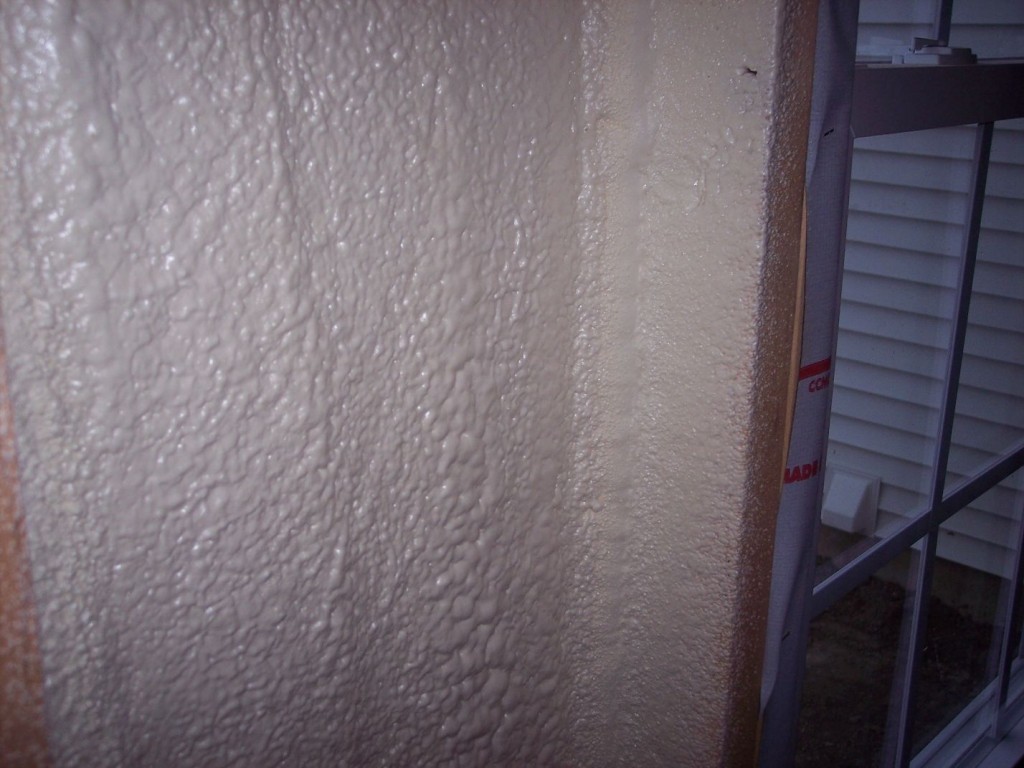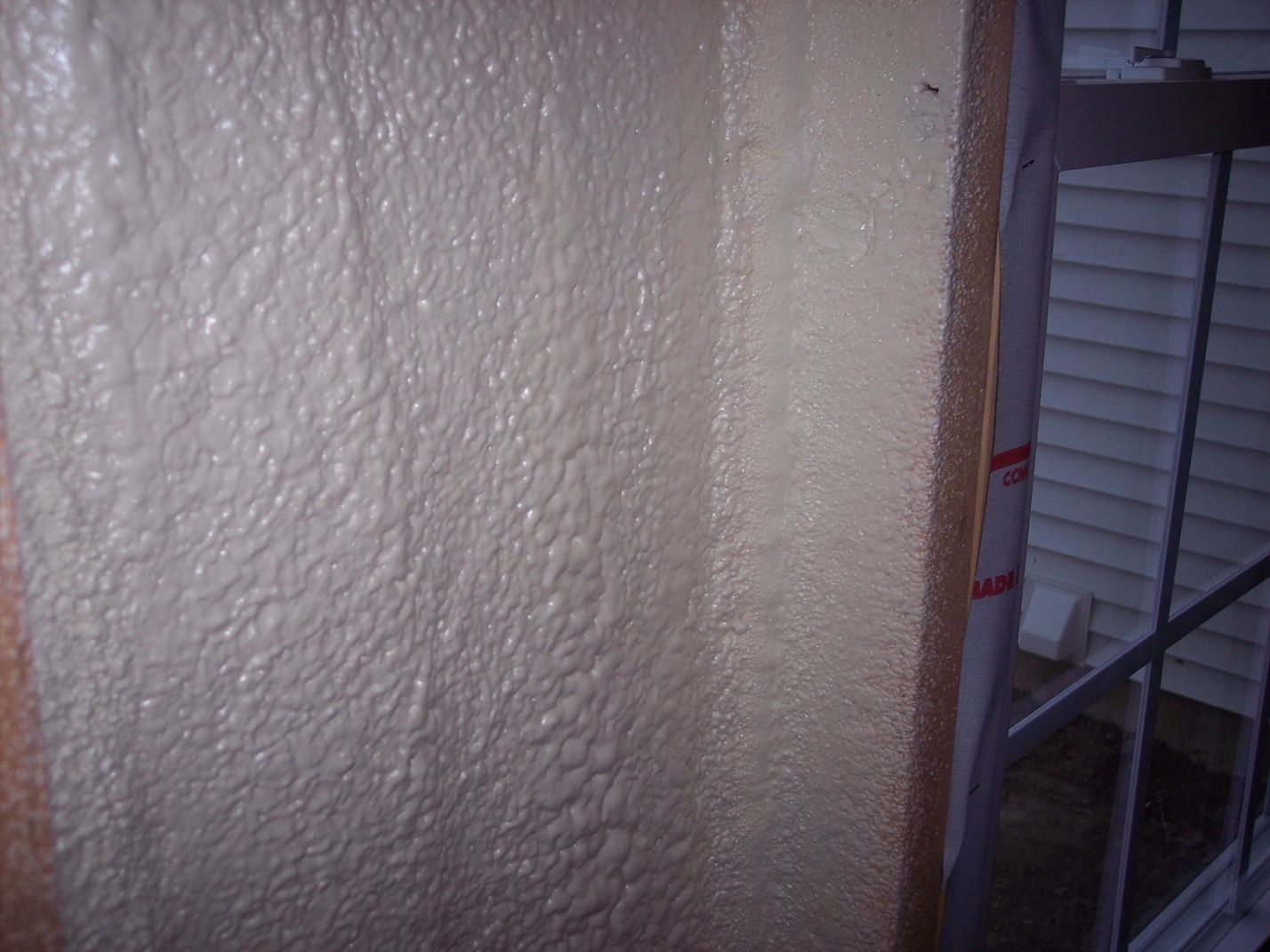Insulation: Stay Cool without Sweating Energy Bills
New homes are built to save energy, and a primary component of that goal is insulation. The definition of insulation, however, is rapidly expanding as homebuyers and energy codes demand even better energy-use performance from new homes.
Today, there are far more options than those rolls of fiberglass you see on the shelves of big-box home improvement stores. While “batt” insulation remains an inexpensive yet effective option, other materials have emerged that help optimize thermal value in new structures or when replacing conventional insulation.
For instance, in addition to insulating between the wall studs, we may add a 1/2-inch thick rigid foam insulation panel behind the finish siding of a new home. That technique is commonly called a thermal break, and many of the latest energy codes and standards, such as the federal Energy Star program, require it.
In addition to taping the joints between the insulation panels, a thin, woven air-water barrier (also called a weather-resistant barrier or housewrap) can be applied over the panels to shed incidental water that gets behind the siding or stucco and blocks air infiltration through the structure.
Another increasingly popular insulating technique is called “flash-and-batt,” a practice that combines conventional fiberglass batts with a “flash” or thin layer of expanding foam insulation.
Specifically, an insulation contractor will first spray-apply a 1-inch deep layer of foam layer into a wall cavity. As the foam expands, it seals any gaps in the cavity to block air and moisture vapor from flowing through the wall. The contractor then fills the rest of the cavity with uncompressed fiberglass to resist thermal (or heat) transfer. The result is an air-tight and well-insulated wall.

Most of a home’s energy is lost through the attic or roof structure. The difference in air temperature and pressure between the attic and the living space below can be dramatic. This causes air to escape into the attic and puts an extra burden to maintain a desired temperature on the home’s heating and cooling system.
A flash-and-batt application can almost entirely eliminate thermal loss into the attic. Often, after the flash layer is applied within the floor cavities, a loose-fill fiberglass or cellulose (made from recycled newspaper and similar fibers) effectively covers the floor.
Another option is to apply an air-tight version of spray-foam insulation to the roof rafter cavities to block air and heat from entering the attic space. The result is what is often called a “semi-conditioned” attic because the air temperature of the attic and living spaces below is almost the same, but without actually having to heat or cool the attic space.
The push to make new homes more energy efficient is driving new and better insulation products and applications, and professional builders are at the forefront of keeping up with that evolution to provide better indoor comfort and help reduce monthly energy bills.

